The monks’ garden at Montserrat Abbey
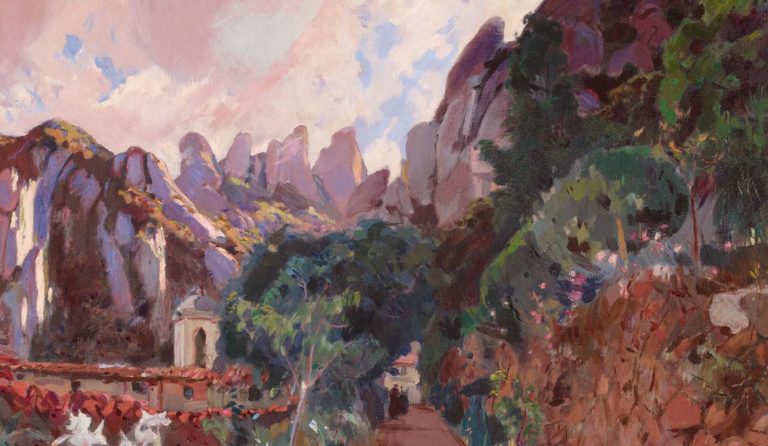
Joaquím Mir had a long association with the monastery of Montserrat and its monks, from his youth until his death. In 1931, he moved there with his wife and son. In early January 1934, he presented his works on Andorra that he painted in the autumn of 1933 at the monastery’s library before exhibiting them […]
Read moreClearing on the Montserrat mountain
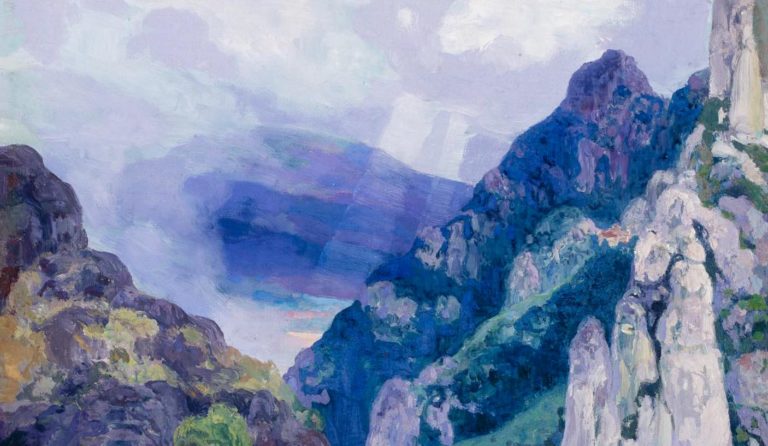
The vibrant and modern scenes of the nightlife, bohemia and leisure of the Parisian “fin de siècle”, dominated by female figures, were left behind when he settled in Mallorca in 1914, where he would develop the landscape genre. During the Civil War, he took refuge at the abbey of Montserrat, creating paintings of the mountainous […]
Read moreCadaquès
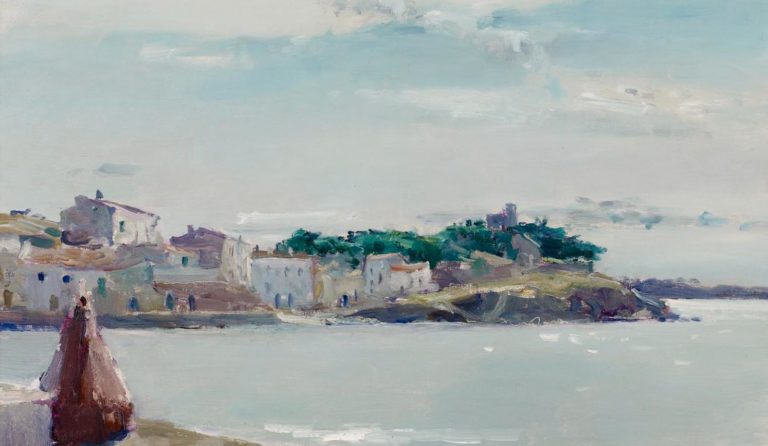
Josep Ma Mallol had difficulties painting outdoors due to a congenital pathology in his limbs, preventing him from cultivating landscape themes more often. It mainly represents study subjects such as still life and portrait. In this work, the painter recreates for us an exceptional Cadaqués beach with a poetic and plastic beauty outside the avant-garde, […]
Read moreSelf-portrait
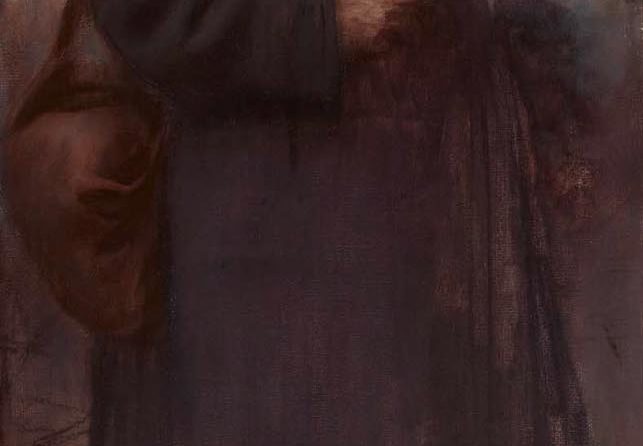
In 1917, he organised a grand exhibition of French artists at the request of, among others, Ramon Casas, Anglada Camarasa, Josep Ma Sert, Joaquim Mir and Santiago Rusiñol. In thanks, the French government awarded the painter with the medal of the Legion of Honour. In 1918, he painted numerous portraits. He travelled to Paris to […]
Read moreMasquerade ball
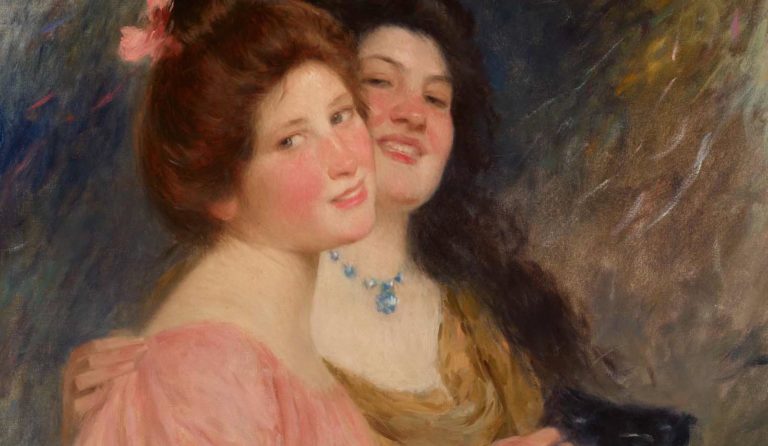
A painter and art critic, he was tied to the modernist movement in its English Pre-Raphaelite-inspired symbolist aspect, at the service of sentimental art. In this female representation, prominent are the flesh tones of the two young women, exalted and flushed by the celebration of the masquerade ball, filling the pictorial scene with an atmosphere […]
Read moreOlot landscape
On behalf of the Generalitat of Catalonia, he traveled to Italy with the sculptor Joan Rebull, to learn about the methods of artistic teaching that they later put into practice, with the town council of Tarragona and the Generalitat, In the city of Tarragona he developed a project to renew and make the artistic education […]
Read moreLe peintre et son modèle
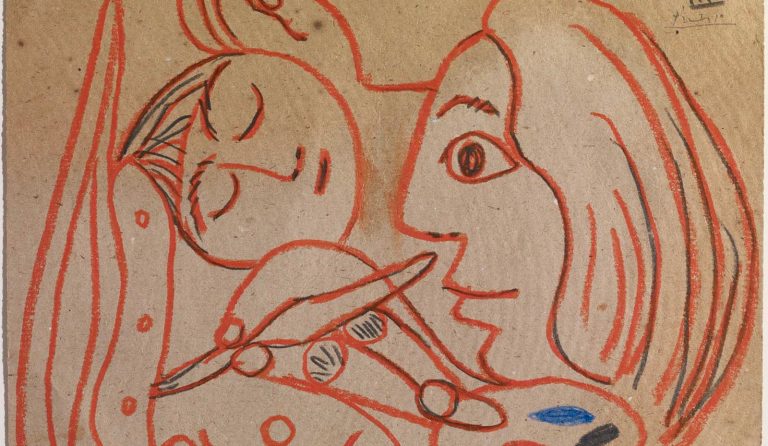 Read more
Read more
Electric projector clock
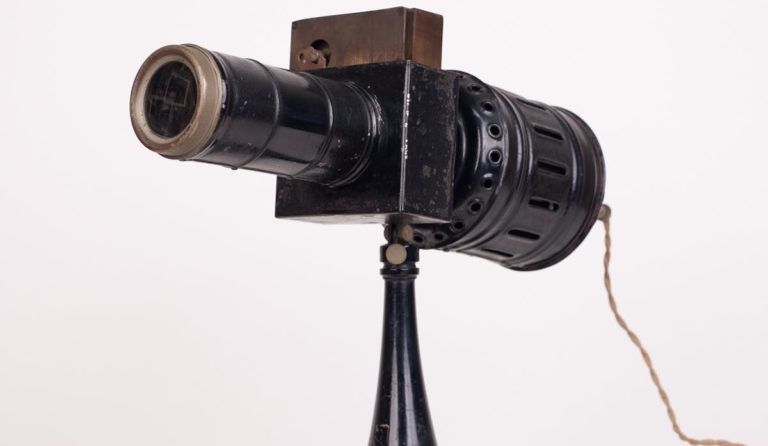 Read more
Read more
Columbophile German clock
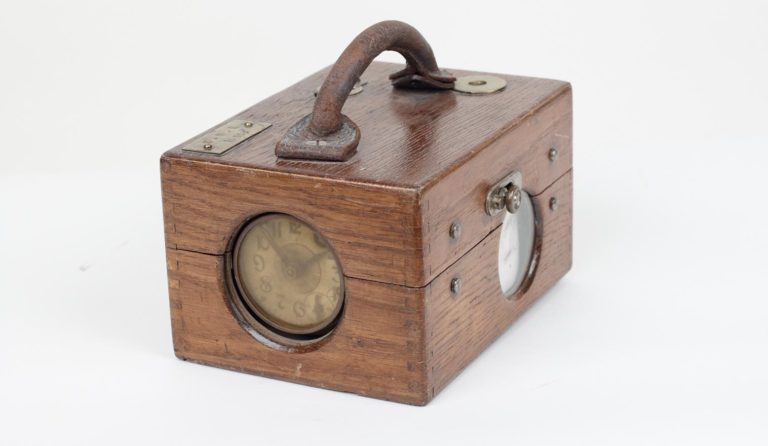
Clock object made of wood, brass, paper and glass that was used to record carrier pigeon competition. Columbophilia is the breeding and training of carrier pigeons. From the time of the Crusades, carrier pigeons were used for military purposes, tying to the leg of the pigeon a “pigeongram” or coded message. During the two world […]
Read moreOwl figurine clock
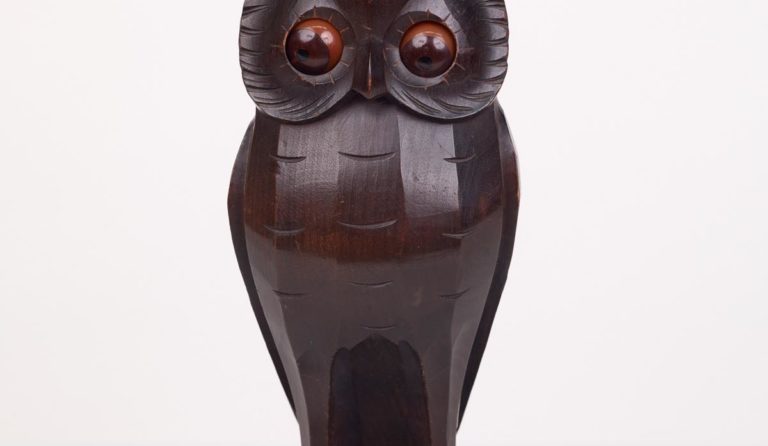 Read more
Read more
